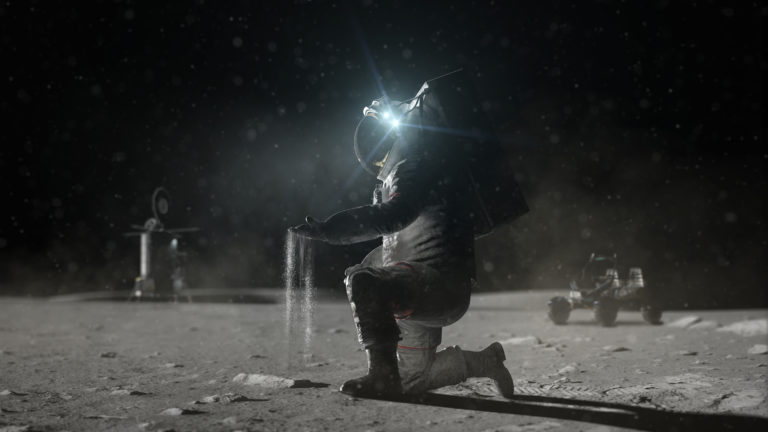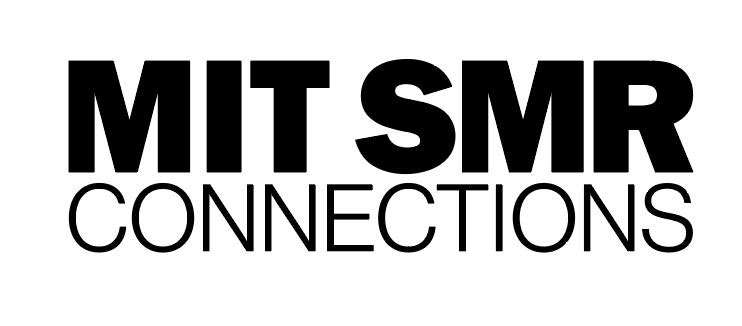The concept of ‘a workplace’ has always been open to interpretation, however, never has its relevance been so challenged and its functionality so examined as it has in 2020. Where workplace once served a functional productivity role, many components of workplace are transforming to fulfill a different purpose. Like when you start a new job, you receive a laptop, a headset or perhaps cell phone, the workplace (in many cases an office) is being offered as something similar. A tool for you to use should you desire it, to get your work done.
We have been playing in this space for some time now and the question one starts to ask is, what role does the workplace play? The purpose of the workplace has transitioned to become outcomes based and the interpretation of priority has or is shifting from the provider, to user. The workplace fulfills a primary role of connecting things necessary for you to get things done, be it problem solving, socialising, or meeting etc. Whatever you the user consider its purpose to be.
The reason why the workplace is often so valued by a user is because it is the tool that has the greatest probability of connecting the three primary contributors the user requires to get things done namely; People, Time and Resources. Different people place varying demand on each of those three contributors and thus the “value” of the physical workplace varies depending on the interpretation of the user. This can also be distorted by the user’s sense of identity, with the workplace seen as providing an exhibition of purpose often associated with relevance and thus job security.

The physical workplace is (was) the connector. Older, more traditional ways of working went further to afford us “guard rails” in the form of time, that we subliminally used to guide us to making those connections. Nine to five, Monday to Friday assisted us in synchronising these three connectors and as a result patterns emerged. Humans love routine and habitual patterns. The workplace acted as a compass for the triangulation of all these moving parts.
As a result, the way we within the corporate real estate and facilities measured the performance of workplace, was rather simple and arguably binary. The ratio of people to space and then turnstile counts evolved to space utilization and dwell times and sometimes supported by surveys. These measurements do remain relevant, that is not being challenged, however they will need to scale given the changing nature and role of workplace.
The People, Time and Resources connector (workplace), has become far more dynamic and expanded and no longer limited to just the physical workplace but rather it extends from the desk at home to the desk in the office and everything in between. The guard rails and a sense of stability that comes with it in the ”old way of working” was the “comfort” the user enjoyed however once you start to merge that with how we work during the COVID pandemic for example, new complexities start to emerge.
During the pandemic, with most if not all users working from somewhere other than the traditional office environment, connecting People and Time is very easy. Anybody can just “meet” on Webex for example. All it takes is identifying a suitable time, and you share a meeting URL. All these resources are digital, and any physical resource is owned or controlled by the user.
That’s a result of a digital service which is highly dynamic and consumable on demand, any time. Blend that with the physical and it’s like mixing oil and water. Physical resources are time bound and static. Once you bring a physical asset into the mix, it makes things very complicated. No longer are the movement patterns of people and time easy to determine as they were before. As these “tidal movements” mature, this unpredictability will likely increase.
Coordinating the triangulation of People, Time and Resources (in this case physical workplace resources), in addition to the inevitable fact that the ratio of physical resources will reduce proportionately as companies give up space, means a change in human behaviours that could be similar to the hording of toilet paper during the pandemic. This hording mentality is real, and it does happen, particularly within a physical workplace that is shared. If there is a perception of short supply, “false demand” will develop akin to the likes of trying to find or book a meeting room. They are all booked for extended periods, but so often the host never shows up and when they do, the room is used for only a portion of the time it was booked for.

These “false economies” results in real estate stagnation, something I call the Tetris Effect which are air pockets created by false demand such as the hording of real space in anticipation of use.
“Tetris Effect: Distribution of dynamic consumption within a static asset environment, often resulting in space stagnation and asset underutilization”
We are starting to think about how we measure this and more importantly how we unlock it. These “tidal movements” associated with an optimized workplace (so an office that is scaled down on size due to low utilization), brings with it a need for new measurements. To scale to the level of data necessary to understand requires a new approach.

We can no longer rely purely on active or binary data and we have to data harvest more passively which leads us to how we scale our digital data exhausts. The architecture becomes essential. Using the meeting room as an example again, no longer are we just measuring the number of people in a meeting room, but rather we are measuring how many people were invited to the meeting, how many attended the meeting, how many attended the meeting in the meeting room booked for the meeting, how many attended the meeting from an alternative meeting room or resource in the building and how many people attended the meeting from a remote location all within the fixed period of time that was the meeting event. It starts with data, converts to measurement and results in knowledge. A vast majority of the data today, has been steered towards the “portfolio managers” or the “custodians” who use it to measure and control. The future will mean scaled digitization which increases the dynamic nature of consumption which ultimately results in fixed assets potentially becoming more prone to asset stagnation without the right data enabled UX strategy. This demands different solution engineering.

It is no longer about measuring a single asset to prove worth but measuring an ecosystem of things with the intention of assisting with the synchronizing of People, Time and Resources by gifting that knowledge to the user for their triangulation. The user will see value and act differently if they are able to invest in their decision making, rather than being influenced by circumstances outside of their field of vision. It’s a natural human instinct to make informed choices. All we are doing here is giving back what has been lost. This can only be done with competent data, strategically harvested.





